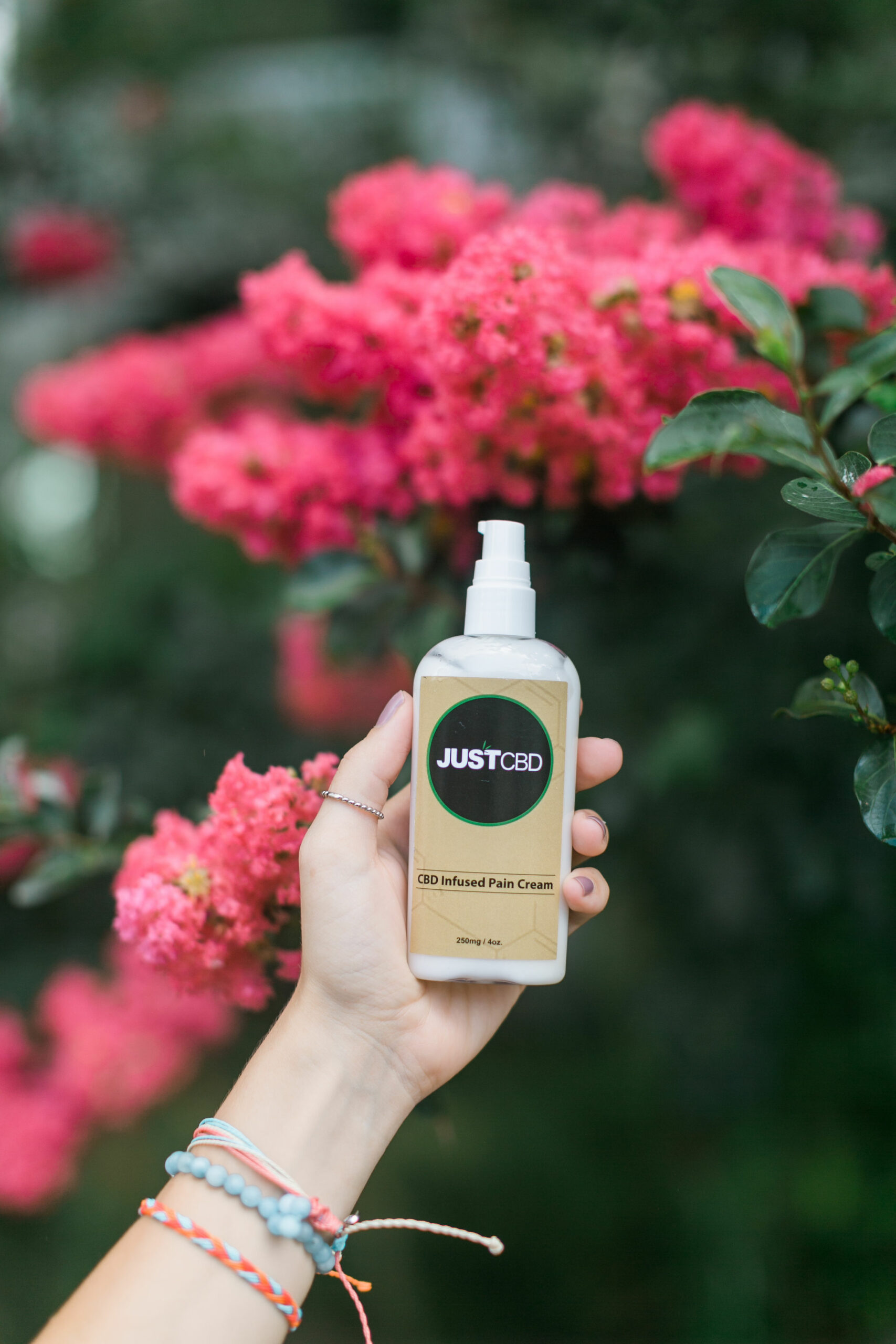Topical treatments such as creams might be a great option for you looking for immediate relief. These over-the-counter medications come in gels, lotions, creams, sprays, ointments, and patches administered directly to the skin. The common varieties are creams and gels that you rub onto your skin over your painful joints. Most topical pain medications are best for joints close to the skin’s surface, such as the joints in your hands and knees, since the ingredients are absorbed through the skin.
Ingredients In Topical Pain Medication.
The specific list of active components in a pain relief cream varies by product, but a few are contained in nearly all of them. Many contain salicylates to provide relief as tablets like aspirin and ibuprofen. This ingredient relieves pain by interrupting the nerve impulse signals that produce the discomfort. Salicylates can also help to reduce joint inflammation, which lessens pain, stiffness, and swelling in the joints. Other brands of salicylate products also contain other ingredients such as eucalyptus oil, cinnamon oil, Menthol, and camphor, and together they are called counterirritants.
Counterirritants are used in many natural pain treatment lotions. They work by distracting the consumer from their agony, by producing a hot or cold sensation. At the same time, Menthol or camphor produces a cooling sensation and may trick the mind into thinking that the skin or body temperature is dropping. Counterirritants also provide a tingling feeling, which can help to reduce pain in aching joints. Topical pain relievers contain capsaicin, a natural and odor-free component in chili peppers responsible for producing a warming sensation. Capsaicin reduces pain by blocking the skin’s pain receptors. Another ingredient is anesthetics which includes lidocaine. It provides pain alleviation to the area where it is applied. It works by preventing pain signals from the nerves. Lastly, Menthol reduces blood flow to the injured area like ice or cold packs.
Moreover, topical pain relievers work better on musculoskeletal pain than chronic pain. They can treat sprains and strains, minor aches and pains, arthritis, pulled or sore muscles, etc. Besides, discomfort and pain associated with cancer have improved from using topical pain relievers. Therefore, pain relief creams are absorbed in the skin, and the healing aspect decreases muscular pain. Moreover, these creams can even reduce swelling and inflammation to the extent caused by muscular injuries.
How to Apply Pain Relief Creams
Apply the cream on the affected area and rub it gently to absorb it into the skin quickly. Also, if instructions on the packaging indicate that you need a massage, do so. Additionally, always read the label and decide what you’re looking for. For example, if you’re looking for an easy-to-apply cream containing capsaicin, it may only come in a gel form. Moreover, a patch works well on an area where you can apply it to a flat surface. On the other hand, cream or gel may be best for an injured knee or elbow so that the joint can still move and bend.
What to Consider When Using A Pain Relief Cream
Carefully follow the application instructions while using a pain relief cream. Overuse and misuse of salicylates have resulted in serious side effects and even death due to salicylate poisoning. Never combine these items with heat, such as that provided by a heating pad, as this may cause the substance to be absorbed more quickly into the bloodstream. If you’re going to utilize a topical pain medication, make sure you do the following:
– Before using the product, read the label carefully.
– Don’t apply to open wounds or skin that has been damaged or irritated before.
– Apply away from your eyes and genitals.
– Use caution while using heat, such as a heating pad or hot water.
-Remove the cream from your skin with a towel if the burning sensation is too harsh and uncomfortable.
When to Stop Using A Topical Pain Reliever
Most over-the-counter pain medicines should not be used for more than seven days. If your persistent pain refuses to go, consult your doctor. They can assist you in resolving your pain issues and may offer prescription-based topical pain medication.
Conclusion
It’s difficult to know which pain relief cream suits you when so many are on the market. However, continue experimenting with different products until you find one you enjoy. Also, if over-the-counter pain relievers aren’t effective enough for you, consult your doctor about developing an arthritis management strategy. The strategy could involve things like mobility exercises and harsher drugs. Therefore, your doctor will ensure you get the correct diagnosis and thus get the most suitable relief product that’s best for you. Besides, most people suffering from chronic pain say it affects their overall enjoyment of life; however, you can lead a life free of pain by using a product as simple as topical pain relief.
- Is Mushroom Coffee Worth the Hype? An Expert’s Take - April 19, 2024
- Missionary Position – Least Likely To Bring You To Climax - April 7, 2023
- Vibrators could put you in Jail - March 31, 2023






